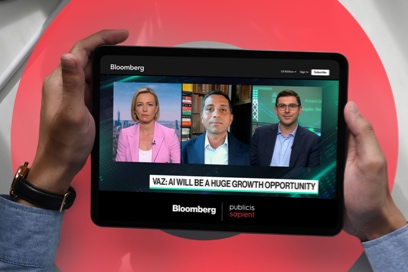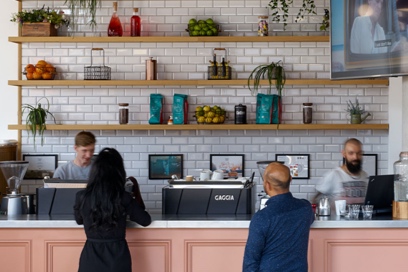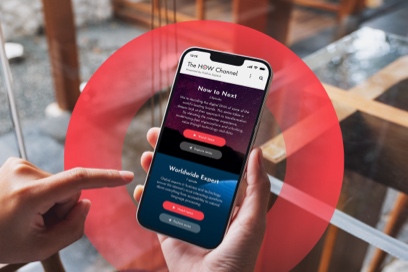Amazon’s service offering starts with a partnership
What sets Amazon apart is its ability to define strategic partnerships along with a data-driven, tech-first approach that’s been inherent to its core business model. Their system is completely event-driven, with total visibility across the entire supply chain. This is in stark contrast to “traditional” grocery retailers that, at their core, still have monolithic technology stacks.
Apart from superior technology, Amazon’s breadth allows the company to enter the market at a loss. According to a 2020 price comparison study from Ascential, Amazon Fresh pricing is 5.5 percent lower than its nearest competitor. Interestingly, that competitor is Morrisons, which entered a strategic supply arrangement with Amazon to offer Morrisons products to Prime members, with free delivery options in select areas for both Morrisons and Fresh orders over £40.
Amazon Prime members are already accustomed to the convenience of next-day or even same-day shipping – an uphill battle for grocers challenged by slower fulfillment models or an abundance of product substitutions.
Think about a traditional grocery delivery experience. Consumers go online or access an app, book a slot, submit their order and typically get a delivery in two to five days. But with outdated technology, traditional grocers struggle to guarantee fulfillment in time and in full. Though traditional grocers achieve a reasonable order picking and fulfillment performance, many lack real-time visibility of what is available and where, making slot and pick location fixed and not flexible in a way that accommodates shifts in demand.
If digital disruptors like Amazon start taking market share from traditional retailers, it will put their margin under increasing pressure. And without significant change, traditional grocers cannot compete on a level playing field.













